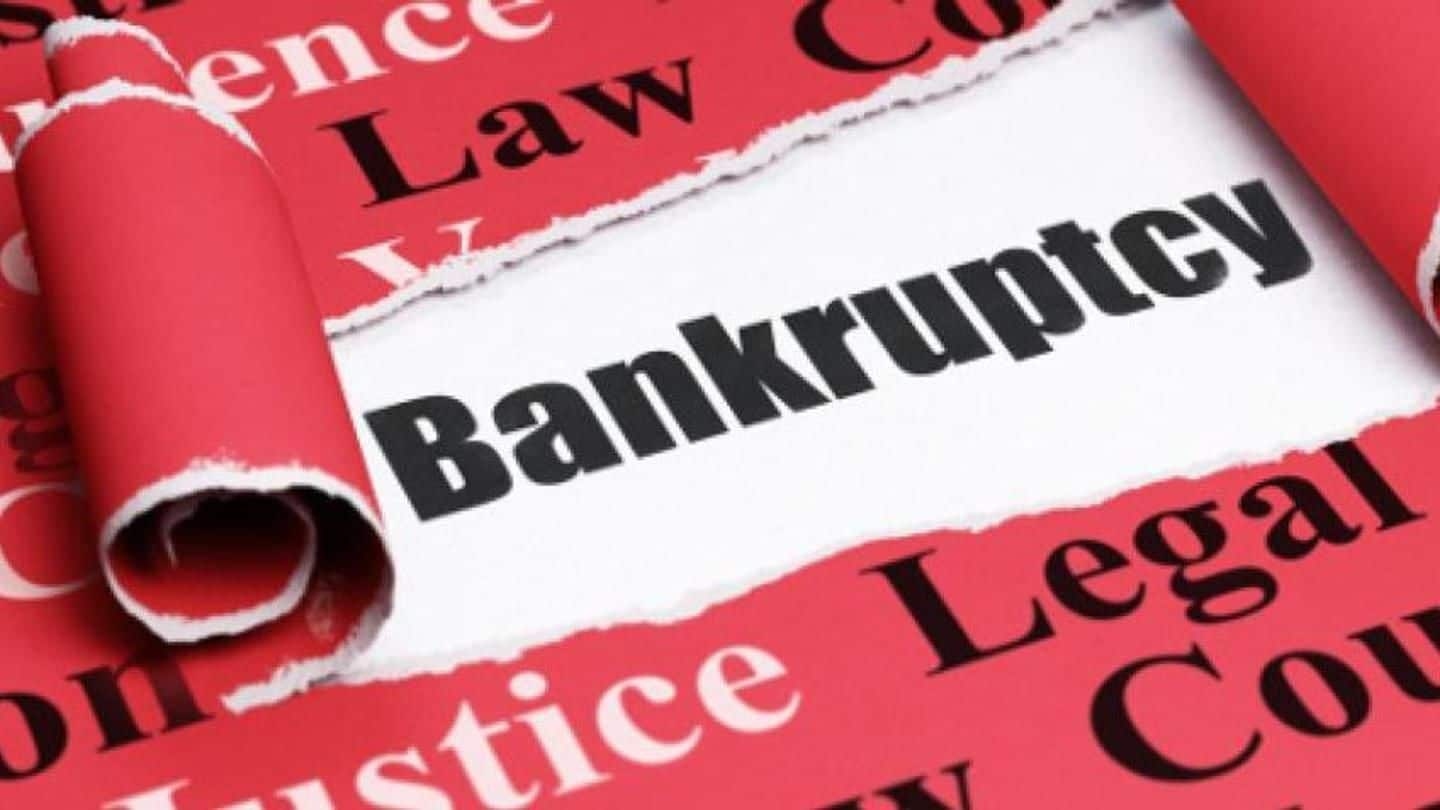
Know all about the Insolvency and Bankruptcy Code 2016
What's the story
Insolvency and Bankruptcy Code 2016 is one of the biggest economic reforms adopted by India. It is a rare example of a much-needed law which has witnessed speedy roll-out and implementation. Being a one-stop solution which addresses all insolvencies in a time-bound and economically viable setup, the law has significantly helped India in achieving the historic 30-spot jump in the ease of doing business rankings.
Recent Events
Major positive recent events happened due to IBC
Vedanta recently acquired bankrupt Electrosteel Steels, which made a loan default of Rs. 10,273cr, for Rs. 5,320cr under the IBC. Further, last month, Tata Steel bought bankrupt Bhushan Steel for Rs. 35,500cr. Bhushan Steel had a loan default of Rs. 44,478cr to banks. The two companies were among the RBI's list of 12 corporate borrowers which account for 1/4th of Indian banking industry NPAs.
Details
What exactly is the Insolvency and Bankruptcy Code 2016?
IBC 2016 lays the insolvency processes for individuals, companies and partnership firms. The law has brought a significant change in the power-sharing equation between creditors and debtors by giving both of them the power to initiate proceedings against each other. The legislation is expected to bring the long-awaited respite to the Indian banking industry, plagued with at least Rs. 8.41 lakh crore bad loans.
Structure
The four pillars of the IBC framework
Adjudication: In the case of insolvency of companies, the adjudication authority is the National Company Law Tribunal (NCLT), while the cases involving individuals and limited liability partnerships are dealt by the Debts Recovery Tribunals (DRTs). Insolvency Professional (IP): They play a key role in resolution, liquidation and bankruptcy processes. Information Utilities (IU): Electronically store data about lenders. Regulator: Insolvency Bankruptcy Board of India.
Process- Part A
Part A: How it works in case of a company?
When a company makes a payment default of at least Rs. 1 lakh, an insolvency application can be made either by the company's creditors or debtors to the NCLT. Then, the NCLT appoints an interim insolvency resolution professional (IRP), placing the company under a moratorium. Upon the appointment of IRP, the board of the company gets suspended till the completion of the resolution process.
Process- Part B
Part B: How it works in case of a company?
IRP then creates a committee of creditors of the company, which appoints the final insolvency resolution professional (IP). IP drafts a resolution plan which requires the approval of the committee of creditors within 180 days, with a grace period of another 90 days, and the final approval of the NCLT. If the plan doesn't get approved in 270 days, the company goes into liquidation.
Effect
How IBC is helping ailing Indian banking industry to recover?
To avoid losing the control of their business under the IBC, promoters of as many as 2,100 companies have cleared their bank dues of Rs. 83,000cr. By now, at least 2,434 fresh cases have been filed before NCLT and at least 2,304 other cases seeking the winding-up of companies have been transferred from various high courts. Of these, 2,750 cases have been disposed of.
Priority Order
Who's paid first when a company is liquidated under IBC?
Under IBC, the proceeds of a liquidation are distributed in the following order of priority: Insolvency resolution process, liquidation costs Workmen' dues pending 24 months, secured creditors Unpaid dues owed to employees other than workmen for 12 months Unsecured creditors Any amount due to the Central Government and the State Government Any remaining debts/dues Preference shareholders Equity shareholders, partners
Personal
Editor's take: IBC should lead India to a brighter future
Considering the successful resolutions of Electrosteel Steels and Bushan Steel, we believe IBC will repair the NPA-ridden Indian banking sector. IBC has expedited insolvency and bankruptcy proceeding by bringing in just 1 law in place of 4 different acts and by ensuring time-bound resolution process.